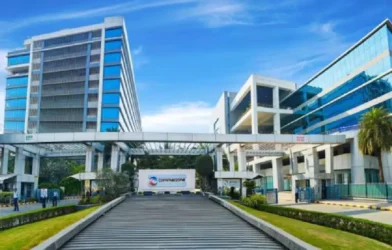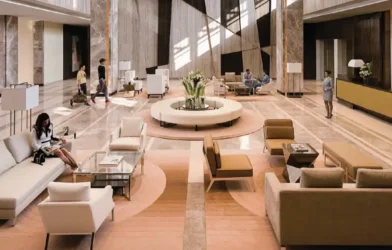Subtotal ₹0.00
Delhi is seeking to reclaim its lost ground in the National Capital Region’s property landscape with a new master plan and a pipeline of real estate projects aimed at unlocking land potential and curbing unauthorised construction.
Long hindered by restrictive land-use policies that pushed growth towards Gurgaon and Noida, the capital is now looking to reorganise unauthorised colonies, redevelop ageing societies, and expand commercial capacity. Regulators and developers alike see the master plan as a turning point, with CBRE projecting a long-awaited release of 5 million square feet of office space between 2025 and 2027.
The capital city’s restricted land utilisation has led to the expansion of Gurgaon and Noida, according to Anand Kumar, who chairs Delhi’s Real Estate Regulatory Authority (RERA). “We have enough land available in Delhi, but unfortunately, there was no land use change policy. And since there was no land use change policy, unauthorised construction took place,” said Kumar.
The implementation of Delhi’s long-awaited Master Plan has raised expectations amongst both developers and regulators.
“Unauthorised construction has become a bane to Delhi’s development. The new master plan could offer a policy of reorganisation of these unauthorised colonies and redevelopment of the societies and buildings that are old,” Kumar stated at a CII event in Delhi on Monday.
The real estate sector would benefit from this, alongside planned infrastructure developments around the capital.
“To create more jobs, Delhi needs real estate sector to thrive. Now, there is no competition between the cities in NCR and they are self sustainable cities when it comes to the real estate demand. Master plan will help unlock the the potential of Delhi,” noted Anshuman Magazine, chairman & CEO-India, South-East Asia, Middle East & Africa, CBRE.
CBRE reports that office space availability in the capital has remained constrained since 2016 due to limited developable land. This situation is expected to improve with an anticipated addition of 5 million square feet of office space between 2025 and 2027.














